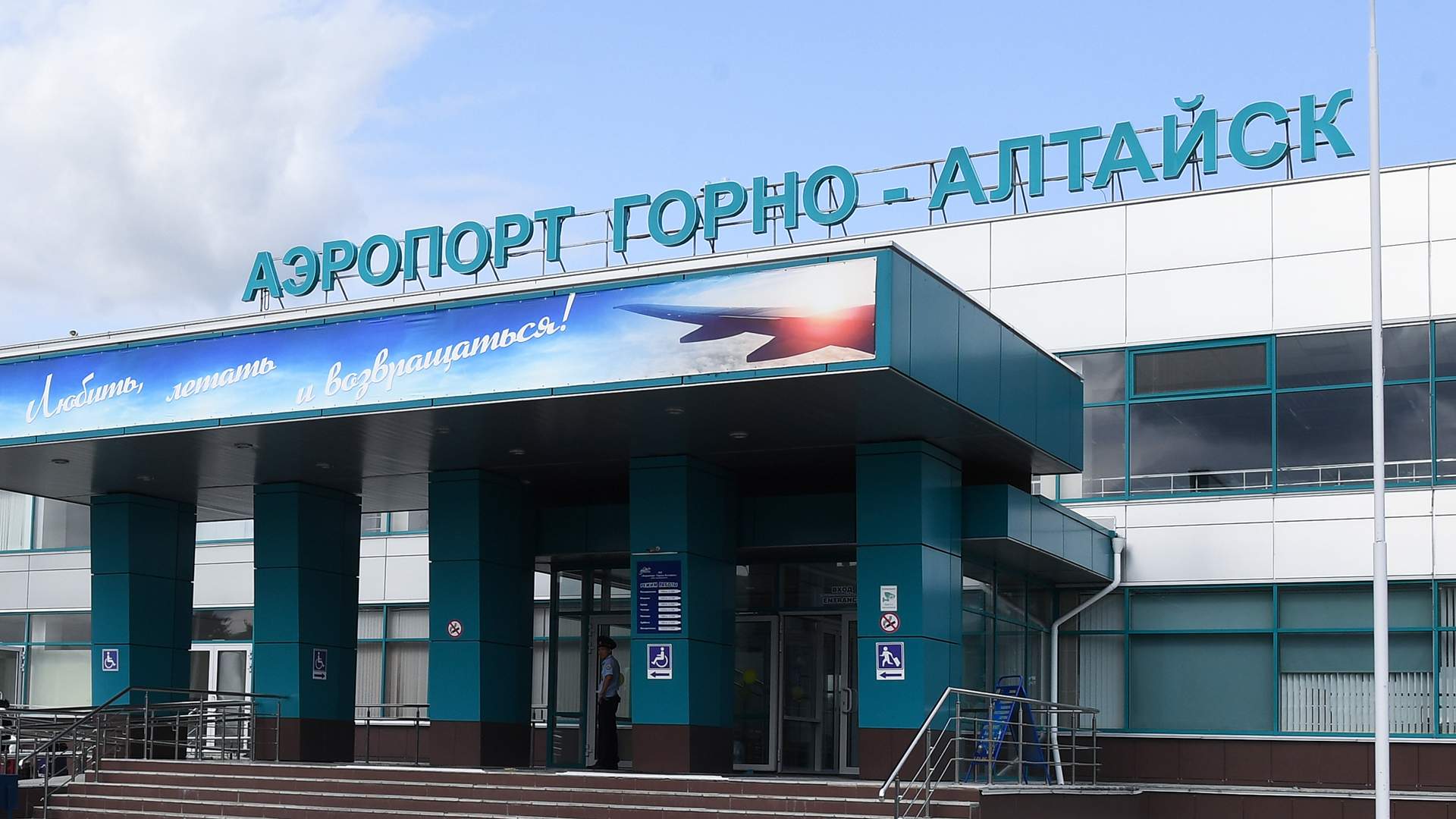- Статьи
- Economy
- At the aircraft ramp: the reconstructed airport in Gorno-Altaysk received the status of an international airport.
At the aircraft ramp: the reconstructed airport in Gorno-Altaysk received the status of an international airport.

There are plans to set up a multi-passenger cargo and passenger checkpoint across the Russian border at the renovated Gorno-Altaysk airport. According to the government, this will increase the tourist and investment attractiveness of the republic. Why exactly Gorno-Altaysk has become the center of cargo and passenger transportation in the region and whether the airport will be used at full capacity is in the Izvestia article.
Airport reconstruction and new status
Gorno-Altaysk Airport received international status at the request of investors who participated financially in the reconstruction of the facility. The planned capacity of the upgraded airport is 1.3 million passengers annually by 2030. It is expected that the number of foreign tourists will grow to 250 thousand people per year.
The decision on reconstruction was made in 2024 during the working trip of the head of government Mikhail Mishustin. A little later, Rosaviation signed a concession agreement with investors for the renovation of the airport in the period from 2025 to 2028.
Izvestia sent requests to the Federal Air Transport Agency, the Ministry of Transport and Rostransnadzor, but at the time of publication, no responses had been received from the agencies.
A justified move
The reconstruction of the airport in Gorno-Altaysk is one of the key events for the development of tourism in Altai.
Leisure infrastructure is being actively developed in the region, so the modernization of the local airport is logical — it is necessary to increase both the number of passengers and the comfort and quality of service, says Dmitry Baranov, a leading expert at Finam Management Management Company. "In addition, the airport is located near Kazakhstan, Mongolia and China, so it will be easier and faster to fly to these countries," he says.
According to the expert, increasing the capacity of this facility is necessary, as Russia is expanding cooperation with other countries of the Global South. The choice of Gorno-Altaysk is also explained by external constraints, which also affect logistics. New routes are being created for the transportation of people and goods, which are integrated into new logistics chains, adds Dmitry Baranov.
The low capacity of the airport did not meet the real needs of tourists, and there was a shortage of tickets, Dmitry Zemlyansky, director of the IPEI Research Center for Spatial Analysis and Regional Diagnostics at the Presidential Academy, outlines the problem.
"As a result, tourists either did not come or had to pay more, which increased the actual cost of the tourist product. The ability to accept international flights significantly expands the potential for inbound tourism to Altai," the source said.
From his point of view, not every region needs an international airport. "But in the case of the Altai Republic, we are talking about one of the key recreational regions of the country," Dmitry Zemlyansky added.
The development of domestic tourism and, of course, international tourism is one of the important tasks of the Russian government for the coming years, which means that maximum attention is being paid to building the necessary infrastructure, providing tourists with convenience, and providing the most comfortable conditions, Yulia Makarenko, Deputy Director of the Banking Development Institute, confirmed to Izvestia.
Points of attraction
Tatiana Bogdanova, Professor of the Department of Transport Management at GUU, identified the most popular destinations in the Altai Republic.
"At the moment there are such famous resorts as Belokurikha and Manzherok. The former has long been known for its rhodon and mineral springs. This is a very actively developing area, where the tourist flow is growing exponentially every year. Manzherok is currently undergoing major reconstruction and development: It is planned to create a state—of-the-art ski resort there, and an all-season one," the expert explained. She highly appreciated the potential of the region in terms of tourism.
"Along with traditional types of tourism, it is necessary to develop event and business tourism. Holding various kinds of conferences, educational and industry events, and meetings there will contribute to a year—round workload," Bogdanova suggested.
Yulia Makarenko agrees with her colleague and adds that the health resort provision in Altai also needs to be strengthened.
Aviation is saving itself... and other industries
The aviation industry is operating and, despite the restrictions, continues to transport passengers and cargo. According to the Ministry of Transport of the Russian Federation, the passenger traffic of the country's airlines in 2024 increased by 5.9% compared to 2023 and amounted to 111.7 million people. 84.7 million people were transported on domestic flights (an increase of 2%), 27 million on international flights (an increase of 20.1%). Last year, airlines transported almost 489.4 thousand tons of cargo and mail, which is 4.7% more than in 2023.
One of the key tasks in the field of aviation transport remains the formation of direct interregional and international relations, Dmitry Zemlyansky believes. "Increasing the intensity of communication between key economic centers and tourist attractions has a significant multiplier effect: business contacts are developing, the variety of tourist products is increasing for tourists, and opportunities for forming individual routes are expanding. This is especially important in the regions of Siberia and the Far East, where previously, due to the lack of direct flights, the practice of flying through the Moscow aviation hub was widespread, which significantly increased travel time," the expert summarizes.
Переведено сервисом «Яндекс Переводчик»
